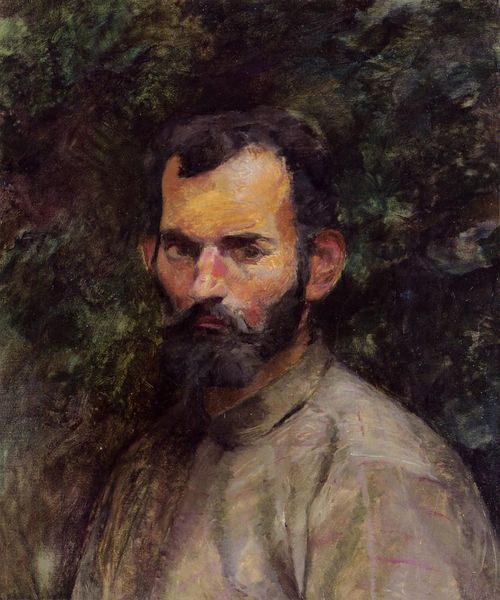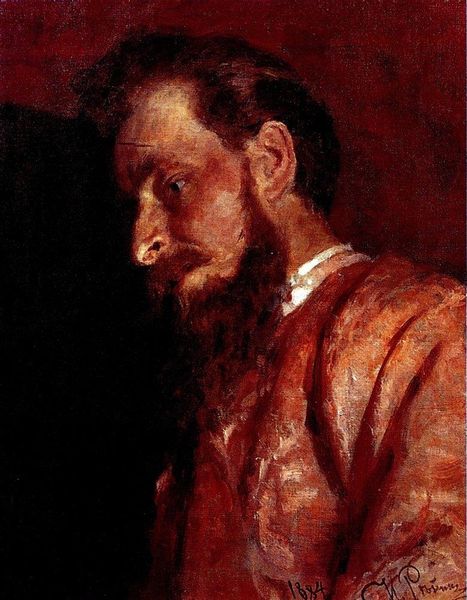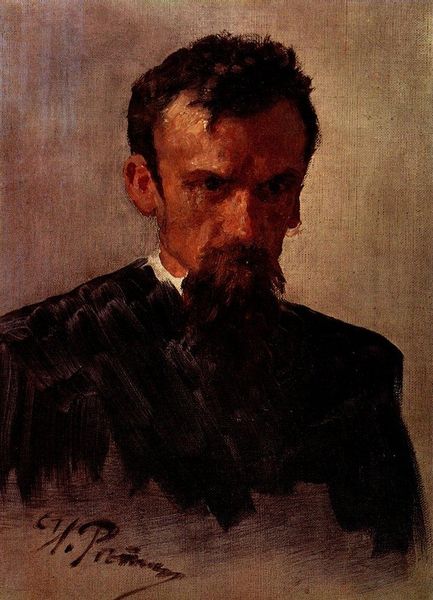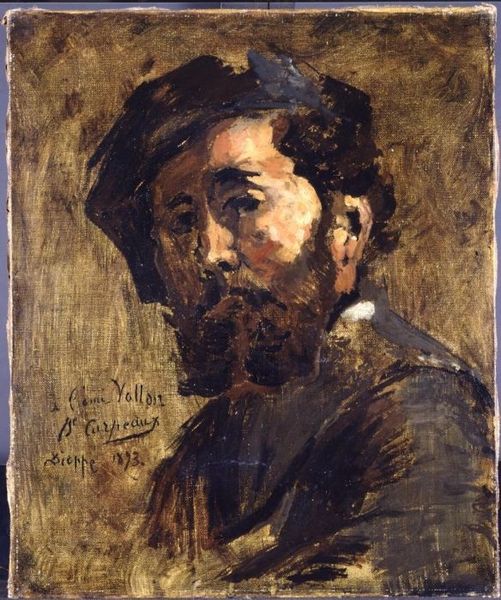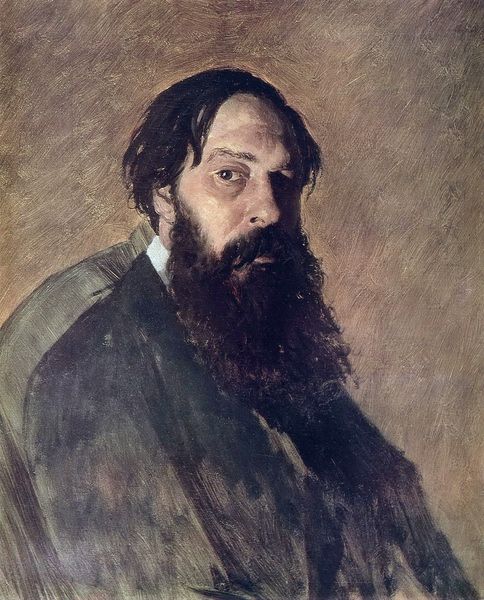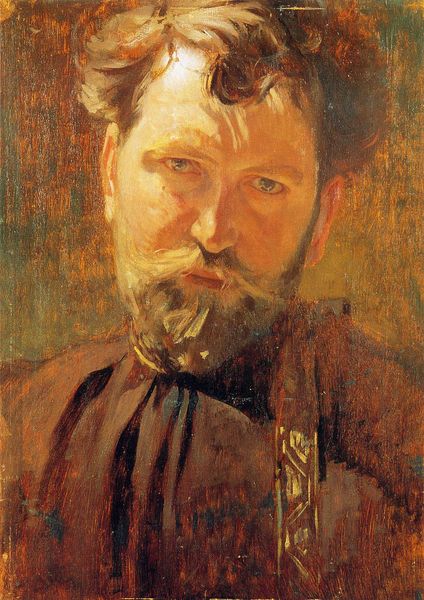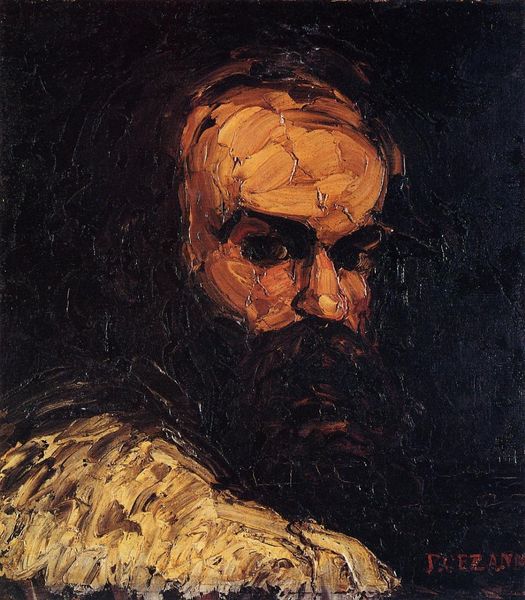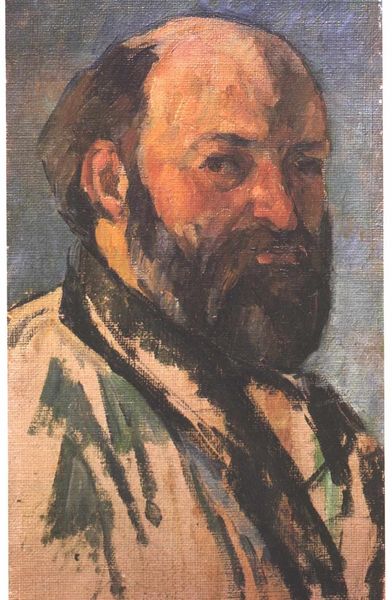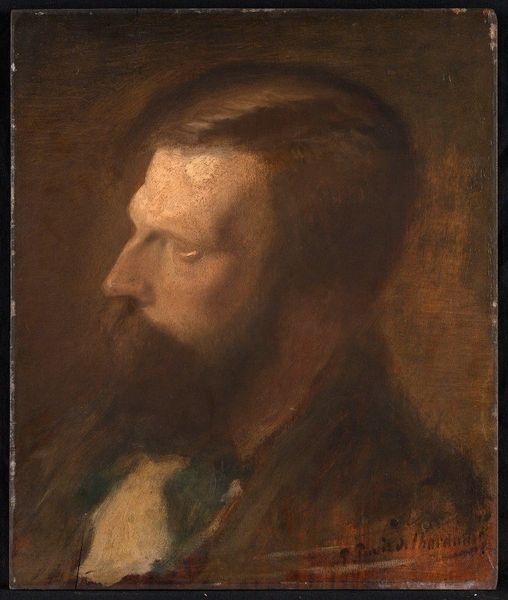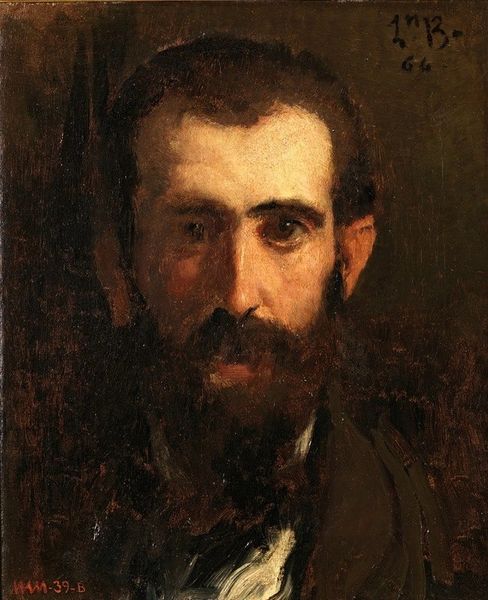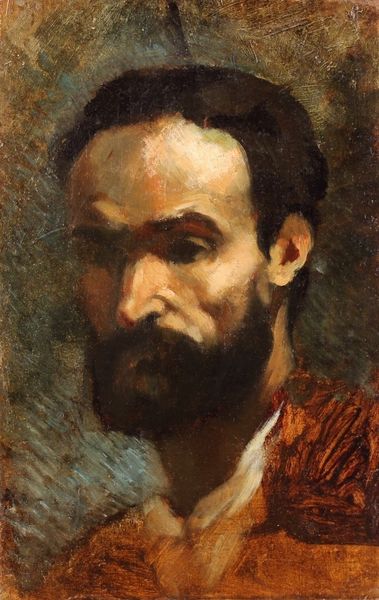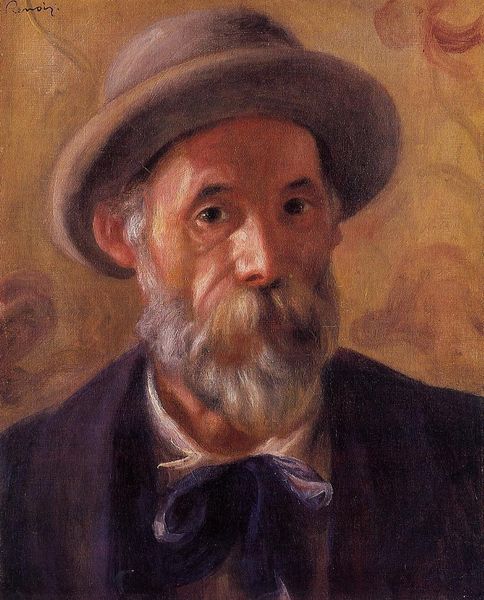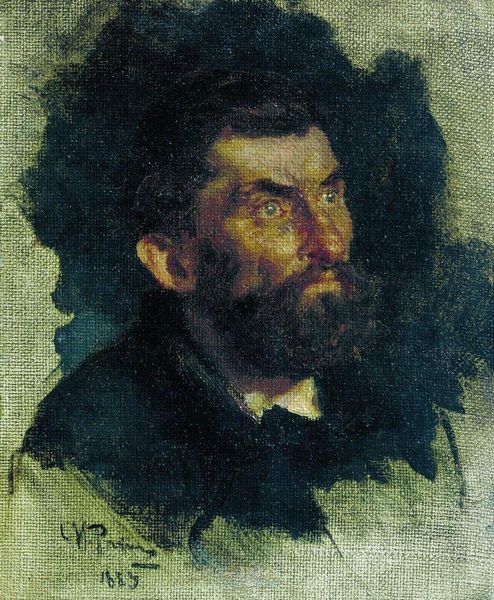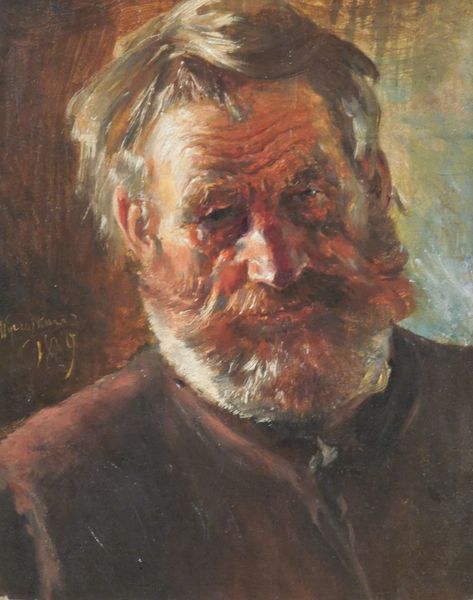
Copyright: Public domain
Paul Cézanne made this oil on canvas painting, titled 'Portrait of a Man', some time during his career in France. Cézanne was working at a time when the Paris Salon dominated the art world, setting a high standard of academic realism. His work, in contrast, reflects a move toward the kind of subjective vision that would come to be called 'modern'. In this portrait, Cézanne departs from conventional painting techniques by applying paint in visible, textured strokes rather than trying to achieve a smooth and lifelike surface. The effect is to draw attention to the artificiality of the image. Art historians often turn to letters and other documents to trace the transformation of cultural institutions and aesthetic values. By looking at how artists like Cézanne resisted official institutions, we can understand the changing social role of art in the late 19th century.
Comments
No comments
Be the first to comment and join the conversation on the ultimate creative platform.
